I remember when I first came to America how funny and amusing it was seeing people struggle mightily with using chopsticks. Not just Americans, but also Koreans who were either born or grew up here in the US. And I find it amusing still when I now see non-Asian folks at restaurants using them like they were born with it.
These training chopsticks work wonders—they force your fingers to be in the right position and an adult can learn how to use chopsticks properly in a few hours. I myself purchased these for my kids (all born in LA) when they were toddlers. Despite the aesthetic value of Pororo (뽀로로) character, the girls shed these only after a few days.

My middle child took a bit longer only because she’s naturally left-handed. And they don’t make these training chopsticks for left-handed kids!! FYI, you’re taught to use only the right hand when eating in Korea. (Not so much these days, I guess. Things loosened up a lot.)
It’s called 젓가락. Jut-ga-rak. Spoon is 숫가락, soot-ga-rak. Together as a pair, they’re called 수저, soo-jeo.
As you know, chopsticks are an indispensable part of Asian culinary culture. So much so, when my family is having pasta, we prefer to use chopsticks instead of forks. And I’m willing to bet that most Asians (who grew up in Asia) secretly feel the same way. There are some scholars who even believe that learning how to use chopsticks at an early age has a big impact on brain development in children, especially with respect to motor skills.
I’m sure most of you have been to Chinese, Japanese, and Korean restaurants. You may not have noticed it, but the chopsticks they give you (not counting those disposable ones) are slightly different from one another.
Let’s take a closer look at how they are different and how they have evolved over the years.
(**note to readers: I know the following to be generally true, but the information about Chinese and Japanese chopsticks is coming from a Korean guy who’s basing all this from (respectable) Korean sources, so please allow some room for potential misinformation.)
Among long list of things that the Chinese culture has invented, chopsticks of course are one of them. Theirs is the longest of the three countries’ and have this sort of “blunt” end. It’s estimated that they have been in use for over 4000 years.
You ever heard of the story of how Leonardo Da Vinci invented the modern fork for his restaurant? The story of chopsticks being invented goes something like this. About 4000 years ago, Emperor Wu of the mythical Ha Dynasty (~2100 BCE) couldn’t wait for the boiled meat to cool down, so he picked up two thin wooden sticks lying around and used them as chopsticks, marking the first ever use of the popular utensil.
A typical Chinese dinner table would look something like this, yeah? And because Chinese cuisine centers more or less on “main dish” types, as opposed to the banchan (side dishes) types of Korean cuisine, the food items tended to be heavier. So, the theory goes, that you needed longer (to reach) and thicker style to help lift things firmly.
Japanese chopsticks, on the other hand, are the shortest and feature “pointy” ends.
This is a screenshot from a popular Japanese TV series Shinya Shokudo (or, Midnight Diner on Netflix). You can see how Japanese people (as do the Chinese) usually hold their rice/noodle bowls off the table and close to their mouths. Plus the fact that Japanese meals were served on individual trays (see painting below), there was less need for having to reach for things => shorter chopsticks.
Japan is an island country, meaning that people’s diet has traditionally consisted of large quantities of fish. Therefore, there was a pronounced need for picking at the fish bones => pointy end.

Unlike the Chinese and Japanese wooden ones, Korean chopsticks (or utensils in general) were mostly made out of brass alloy called noht-swae (놋쇠). It’s a heavy material (heavier than iron or steel) and plates and bowls made out of this material are aesthetically pleasing and prized as valuable possessions. Today, they’re usually made from stainless steel.
Lengthwise, Korean chopsticks are shorter than the Chinese and longer than the Japanese. But as you can see in the above picture, the tip is kind of flat, somewhat resembling a flathead screwdriver. The prevailing thought is that the flat end was developed mainly because of how banchan on Korean dinner table was constructed. If you think about it, Korean banchans are mostly of the thinly sliced (or just thin) vegetables and meats (rarity) kind.

So, in order to easily pick off piece by piece, the theory goes, the chopstick ends were made to be flattish. Another reason for it is that because it’s harder to grab things with metal chopsticks (more slippery) than the wooden ones, especially noodles, there was a need for flattish surface to help lift things a bit easier.
You’re now naturally inclined to ask, why metal? Korea is the only country in the chopsticks culture that uses metal utensils. This apparently goes back to a pair of silver chopsticks that was discovered which dated back to the 1st century BCE (yep, more than 2000 years ago). It is thought that this silver chopsticks found in a royal tomb was used to discern whether there was poison in the food. You see, silver changes color when it comes in contact with arsenic, the main element in the most frequently used poison called 비상 (bih-sahng) during those dynastic centuries.
Not everyone could afford silver chopsticks, so a). cheaper brass alloy that b). doesn’t break and c). lasts forever. And, most importantly, d). easy to disinfect.
This is a picture of a “typical” meal for a middle-class nobility about 130 years ago. When this picture was first shown on Korean TV, people were stunned to see… (can you see why? answer down at the bottom)
Unlike the Chinese and Japanese, Koreans relied heavily on the usage of spoons. We were taught to never hold the rice bowl—it should stay firmly on the table—because holding rice bowls close to face during the Joseon era was considered ungentlemanly and vulgar. And as you can see in the picture, Korean meal is almost always served with accompanying soup. Thus, there was a definite need for spoons.
Finally, to answer the little quiz above, the amount of rice in that ginormous rice bowl is almost incomprehensible by today’s standards. At the time the photo was taken by a French missionary, the man in the picture has consumed about half of the rice already, which translates to about 4~5 times the rice we usually eat per meal nowadays. And look how slim the man is. Are you sure carbohydrates cause weight gain?




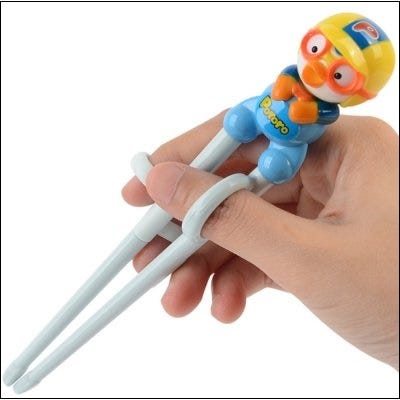

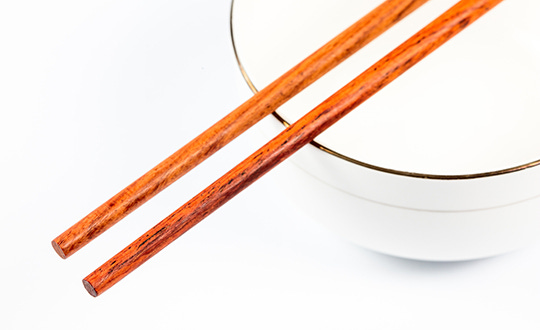
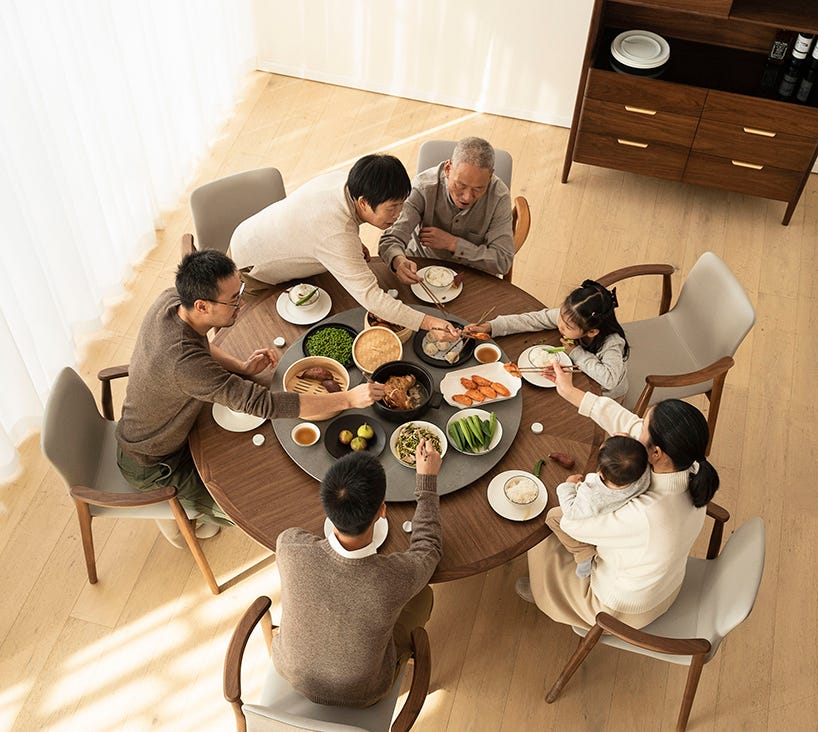
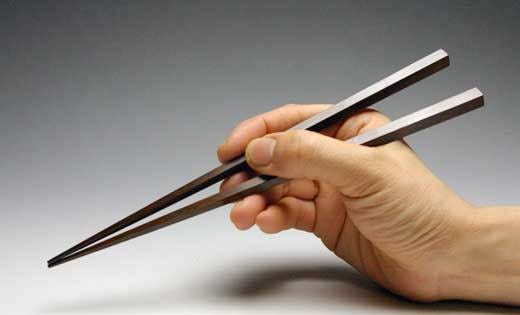
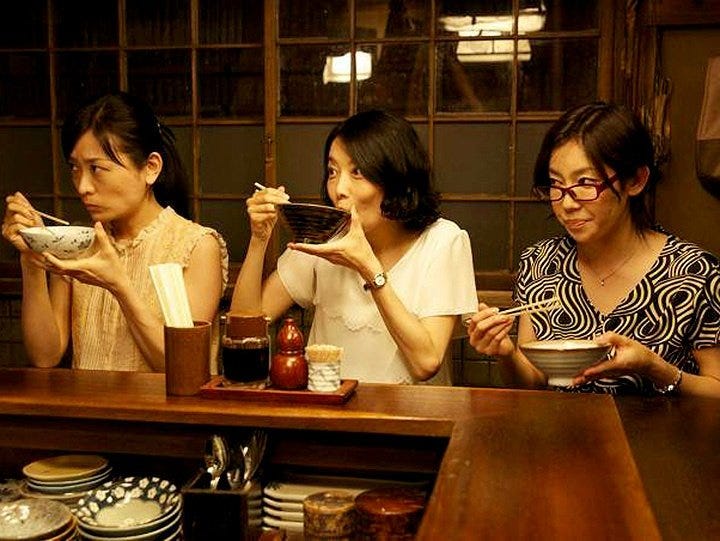
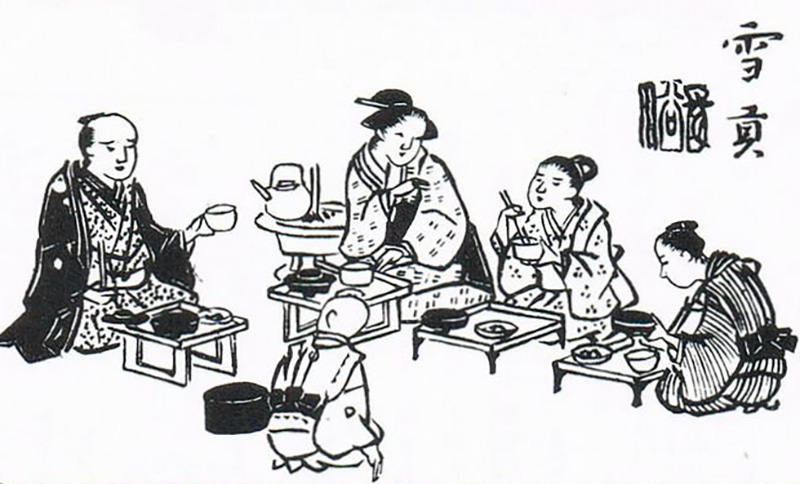

Once again, your photos illustrating your article are excellent (and of course, I love your child).